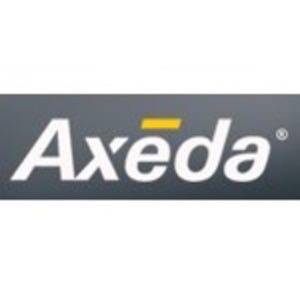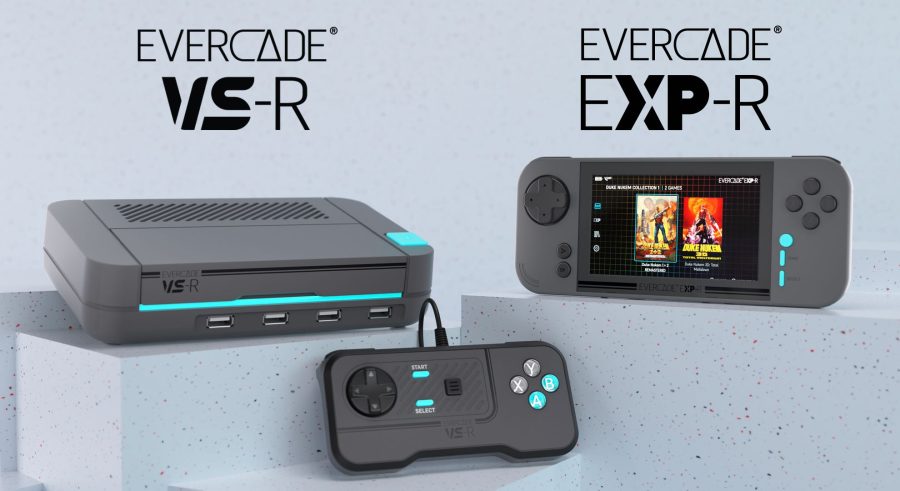“Big Data” is a hot topic these days, but there hasn’t been a lot of discussion about the specifics of what will most likely be one of the biggest sources of data: newly web-connected devices in the home and workplace.

I spoke this week with Bill Zujewski, Executive Vice President of Product Strategy & Marketing at M2M (machine to machine) platform company Axeda. Axeda is one of the most successful companies to date in the early M2M market and whenever I get a chance to speak with Zujewski, I ask him for as many real-world use cases for M2M connectivity as I can. The company’s examples are fascinating, this time about M2M-produced big data used in the cloud.
Tracking the Use of Machines
Industrial equipment, hospital equipment, ATMs and kiosks are among the products that Axeda is working with other companies to rig with sensors and cellular connections.
Use of those devices can then be monitored remotely, so that their supply, maintenance and management can all be optimized, without having to go and look at the machines themselves.
“Typically engineers would find logs through customer tickets and it would take months to find trends based on call center traffic,” Zujewski says.
“100 people called about this specific problem, for example. But now we’re able to do pattern recognition across alarms and breakage data and see if there was a bad batch of a certain part or a glitch in this manufacturing plant. We’re able to catch quality issues with real time data. In most cases this is advanced pattern recognition and we’re providing ETL [Extract, transform, and load] tools to get the data into the cloud.”
Hospital diagnostic equipment that’s connected can incorporate benchmarks based on aggregate data from across the network. These blood tests you’re doing? Here’s how they compare to the results other hospitals in the area are seeing right now.
Zujewski says another Axeda customer has taken to using connectivity to make sure their customers are still using their equipment. Are they over capacity? Are there downtime issues? Are there, perhaps, issues with another service provider landing a contract to serve your customers? Zujewski says at least one of his customers has set an alarm for the sales team to check-in if use of their Axeda-enabled equipment drops by 20%. I said that sounded like it would be too late.
Leveraging the Data for Apps
One company’s hospital autoclave machines, the washing machines that steralize surgical equipment, are connected to the internet using Axeda’s technology. What does that enable? Zujewski says the customer turns the data about uptime, need for repairs, machine run completion and detergent levels into a smartphone app that hospital employees can use. Instead of having someone sit around waiting for the rare instance that a machine breaks down, now the labor costs can be slashed and an alert can be sent out when it does happen.
Hospital diagnostic equipment that’s connected can incorporate benchmarks based on aggregate data from across the network. These blood tests you’re doing? Here’s how they compare to the results other hospitals in the area are seeing right now. Zujewski says that hospitals also benchmark their own employees’ use of the machines so they know wether enough tests are being performed, whether they might be better served by more machines, etc.
From drastically cutting down on product recall costs with the advantage of knowing which specific parts are in each smart connected device, to capturing large amounts of use data and delivering them into cloud-based systems to better optimize development of future products, there are a lot of things that can be done when devices are connected.
This is of course just one vendor, but Axeda works with more than 150 other companies to connect their devices to the internet.
Use of devices can be measured with sensors, then that data can be delivered in real time with celular or wifi connectivity, and then any number of parties in the value chain can make use of that data to offer entirely new or improved products and services.
I think that’s one of the most interesting types and uses of Big Data in the cloud.










